Located in Central China along the middle reaches of the Yellow River, Henan province is not only one of the cradles of ancient Chinese civilization, but has also witnessed a number of important events in the country's recent history.
The following are landmark buildings and places related to some of those events.
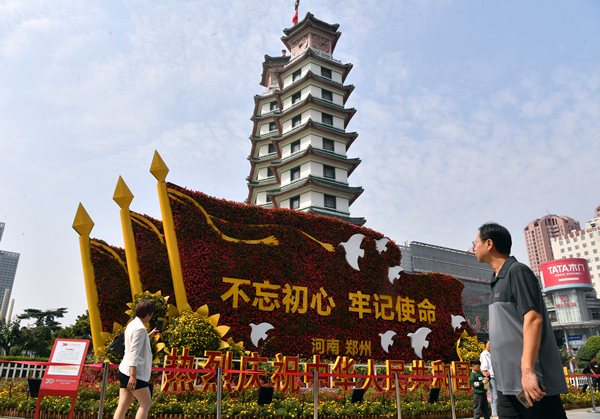
The Erqi Memorial Tower
The tower is located in Erqi Square in the center of Zhengzhou, Henan's capital. The 21-meter-high wooden structure was built in 1951 to commemorate the Beijing-Hankou Railway Workers' Strike, the first large-scale industrial action led by the Communist Party of China. Planned on Feb 3, 1923, the strike is regarded as the most important event in the recent history of the city, which has prospered in tandem with the growth of the railways.
The strike ended on Feb 7 — erqi refers to the date in Chinese (er, or two, is the second month while qi, or seven, is the day) — after more than 30 workers had been killed by local warlords. It was the first time the proletariat, led by the CPC, had stepped onto the revolutionary stage.
After standing for 20 years, during which time a square bearing the same name was built around it, the wooden tower collapsed in a rainstorm in 1971. The active support of the CPC Committee in Zhengzhou and local residents saw a reinforced concrete structure — the current tower — built within 100 days on the spot where the old tower had stood and where the strike leaders were executed days after the action. The tower has 14 floors — three of them underground — and is 63 meters high. It consists of two interconnected five-sided towers. The ceiling of every floor features replica ancient-style cornices covered with green glazed tiles. The top floor houses two bell towers that ring the hours and play music that can be heard from a distance.
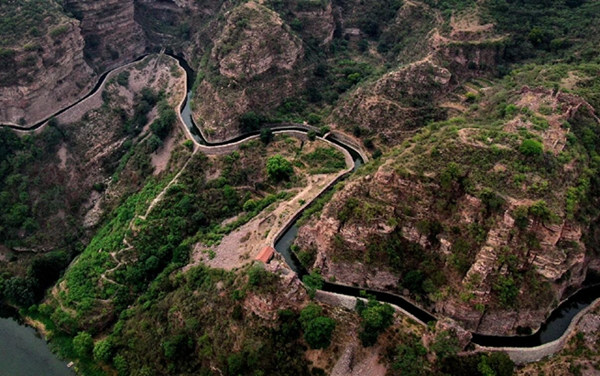
The Red Flag Canal
The waterway begins at the Zhuohun River in Pingshun county in the northern province of Shanxi and ends in Linzhou, Henan. The main body runs for 70.6 kilometers through the Taihang Mountains, and in total the waterway stretches for about 1,500 km. Construction, undertaken in very difficult conditions, started in February 1960 and lasted until July 1969.
The canal was built to solve serious droughts in Linzhou, where the population has risen from 567,000 in the late 1960s to about 1.2 million today.
Eighty-one people died during the construction process, with the oldest being 63 and the youngest 17, as 22.25 million cubic meters of soil and stone were excavated. After the canal was put into use, the yield per unit of farmland in Linzhou rose nearly fourfold, thanks to the availability of water for irrigation. Locals call it the "life canal" and the "happiness canal".
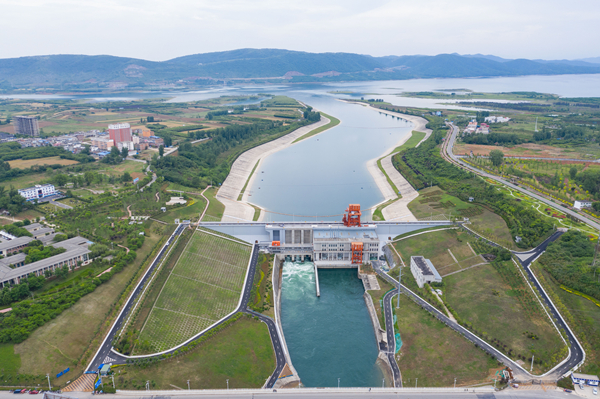
The Taocha hydro-junction project
The facility in Taocha village, Xichuan county, is the start of the central channel of the South-North Water Diversion Project. It also generates electricity and holds irrigation water for farmers.
When it was put into use on Dec 12, 2014, water started flowing out of Taocha along the channel from Henan to Hebei province, Tianjin and Beijing.
Every year, about 9.5 billion cubic meters of water stream north from Taocha. Construction of the project required 24 hectares of land to be obtained from local farmers, while 339 farmers were moved to make room for the waterway.
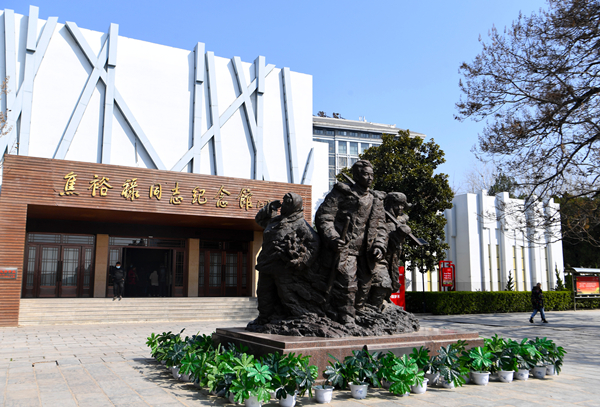
The Jiao Yulu Memorial Park
The 6.11-hectare park was built in February 1966 on sand dunes in the north of Henan's Lankao county. It features a monument to revolutionary martyrs, the tomb of Jiao Yulu (regarded as the epitome of the honest cadre) and a memorial hall dedicated to him.
Jiao's life story is inscribed on the monument. In May 1964, he died of liver cancer at age 42, when he was Party chief of Lankao. He fell sick from overwork as he had devoted himself to helping local people deal with waterlogged fields, sandstorms and saline-alkali soil — "the three harms" as they were known — that had hampered agricultural production for decades. After his death, Jiao became a role model for civil servants and members of the CPC.
In 1966, the CPC launched a national campaign, calling on all members and civil servants to learn from Jiao by conducting more field research and investigations to help resolve people's practical concerns.
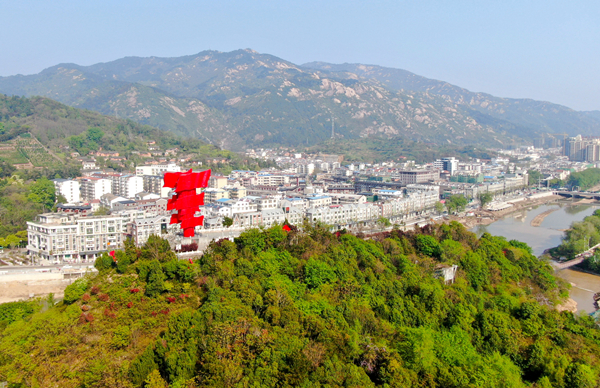
The Hubei-Henan-Anhui Revolutionary Memorial Hall
The hall in Xinyang city opened on April 28, 2007. Its construction was funded by the CPC Xinyang Committee and the city government, and its purpose is to cherish the memory of revolutionary martyrs and carry forward the "Spirit of the Dabie Mountains".
The Dabie Range stretches 380 kilometers west to east, and 175 km north to south across the provinces of Hubei, Henan and Anhui. The mountains were a revolutionary base area for CPC forces from the 1920s to the 1940s.